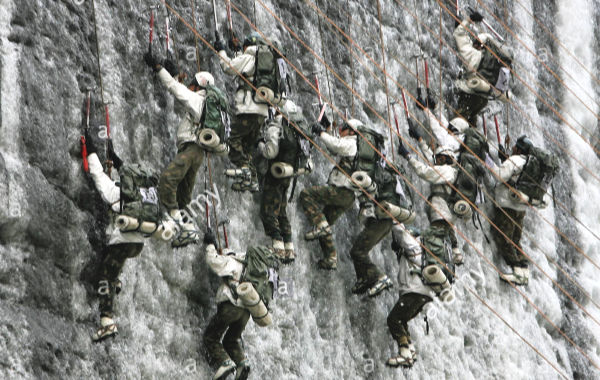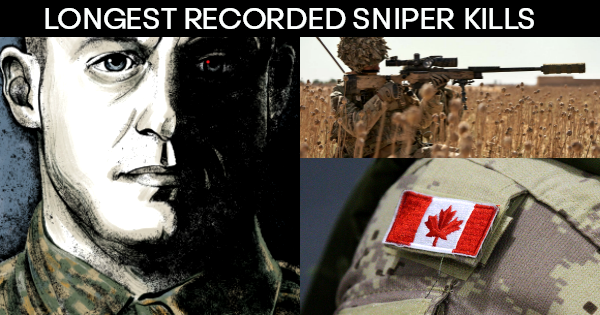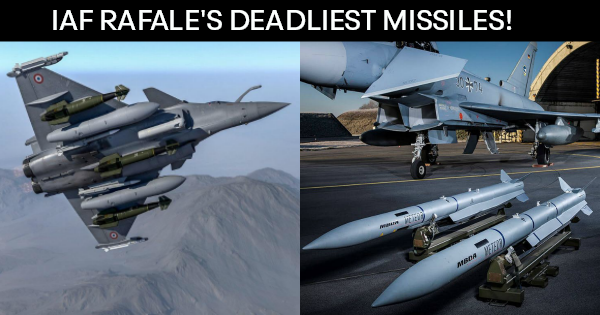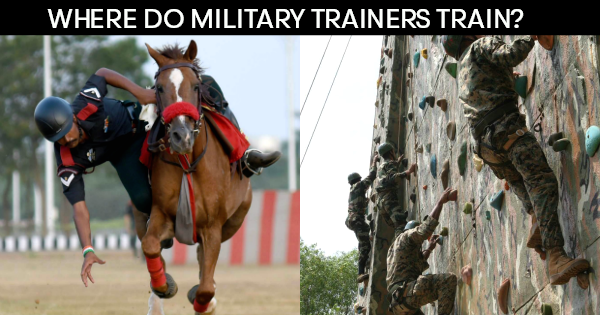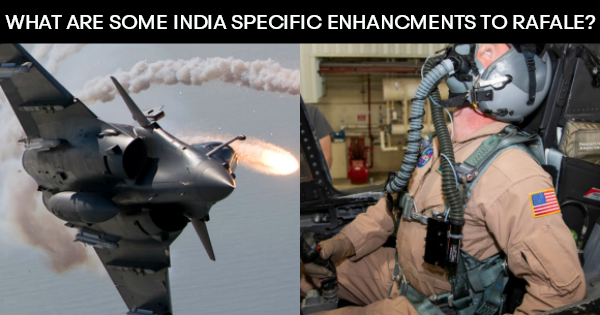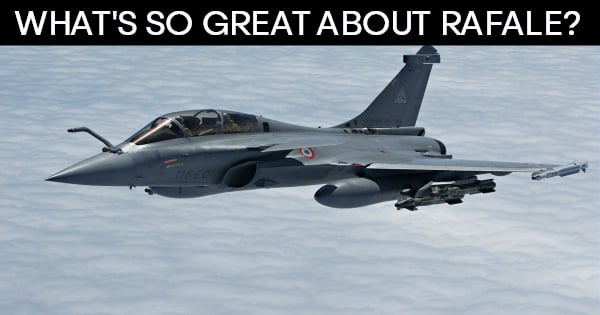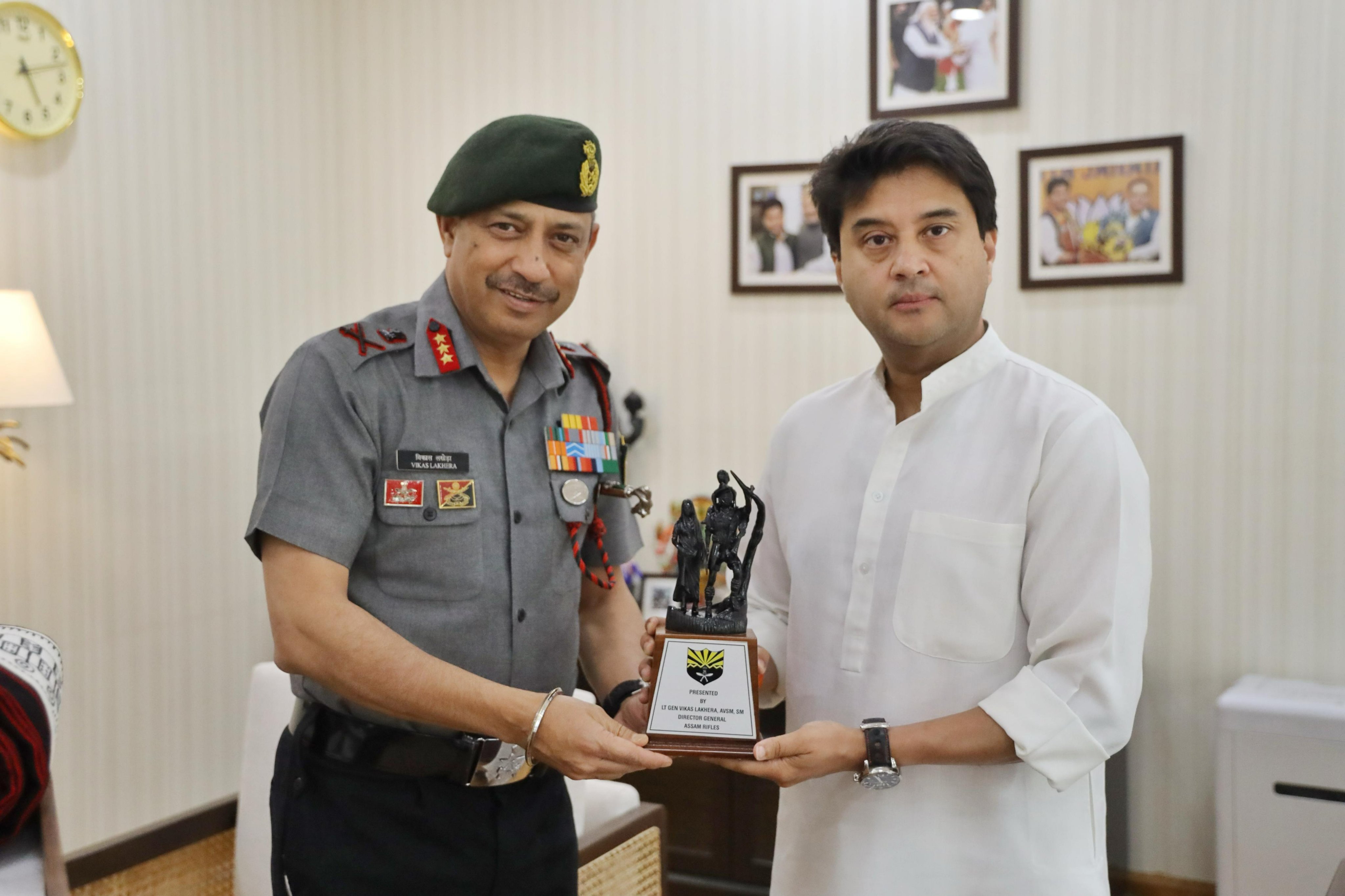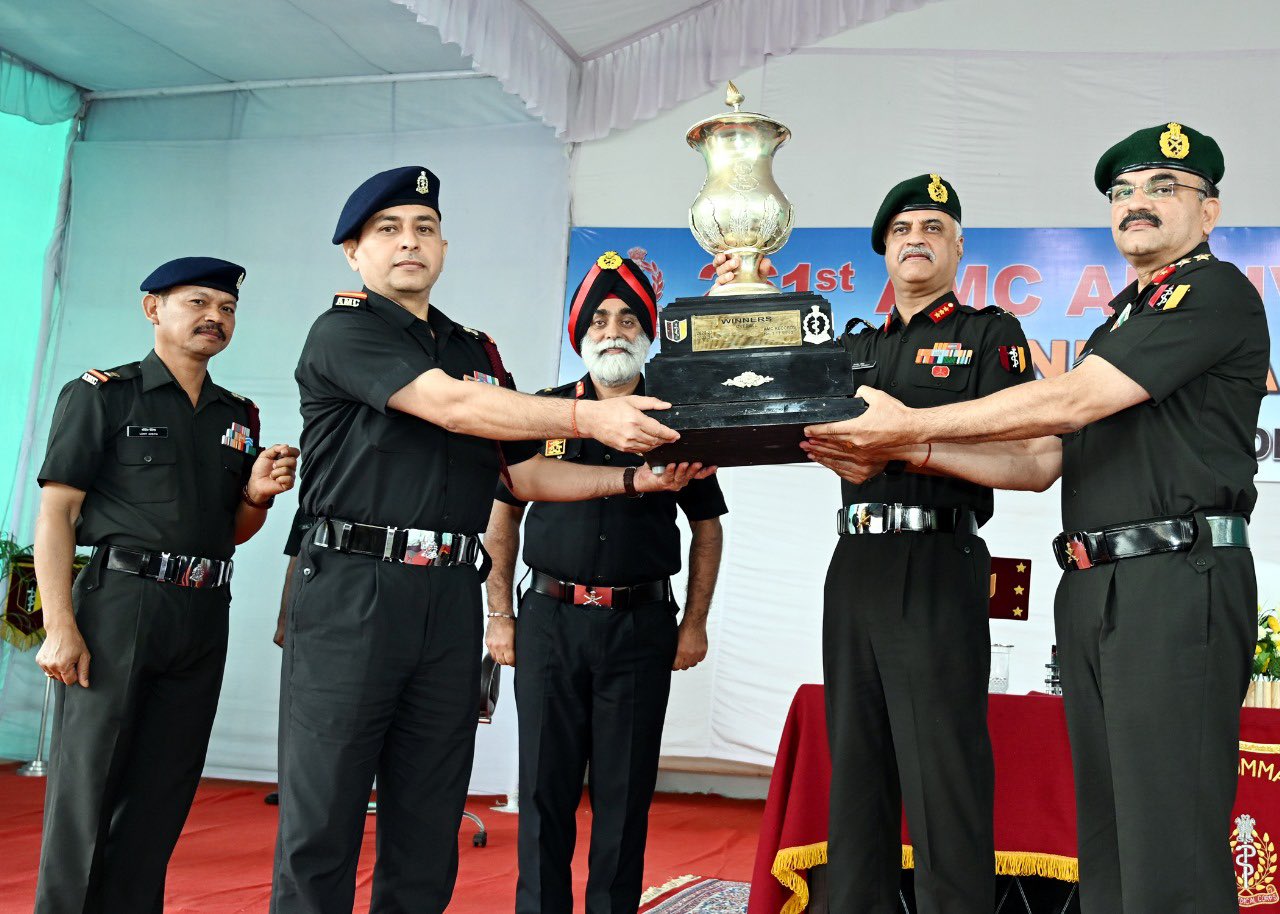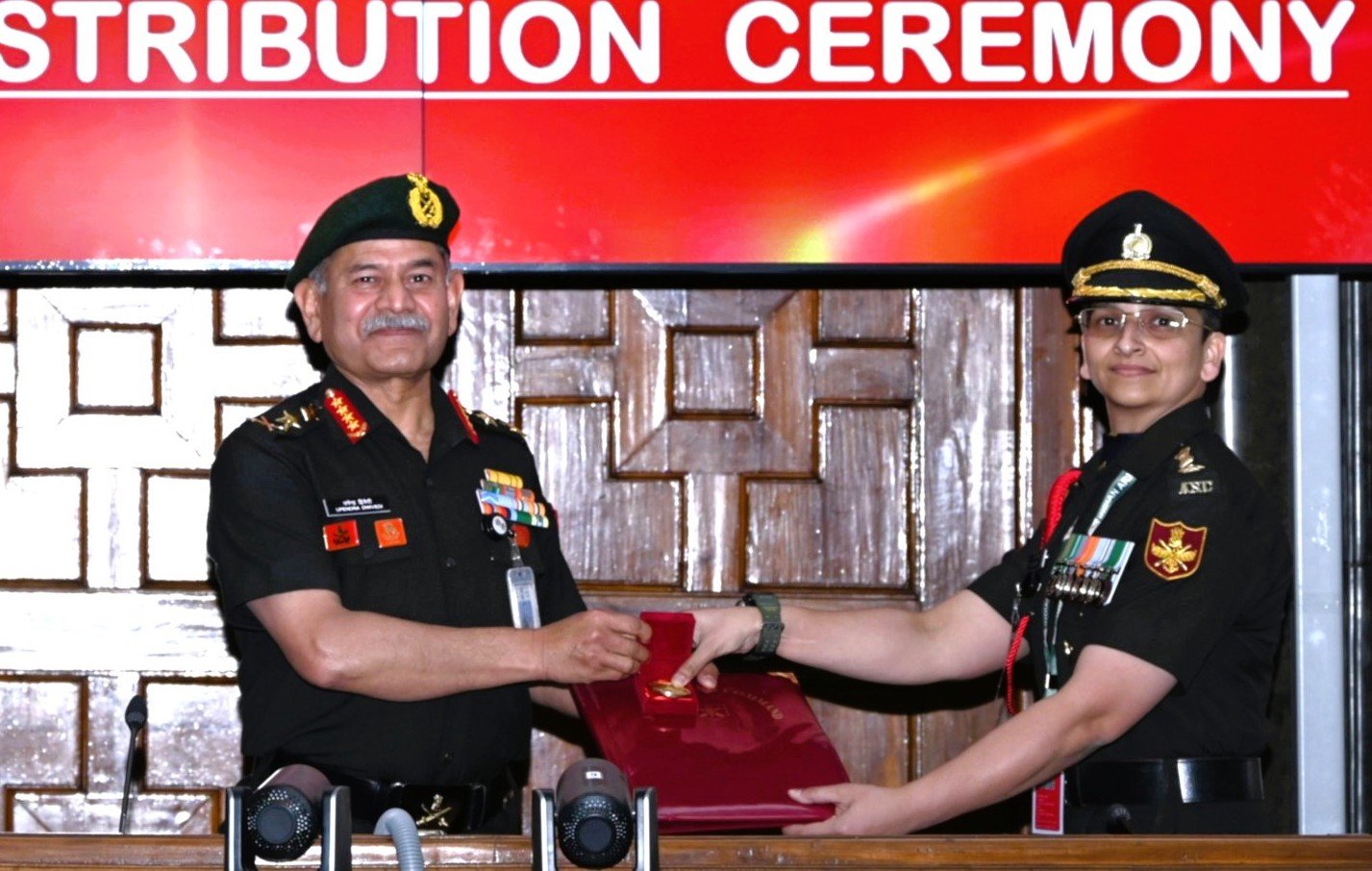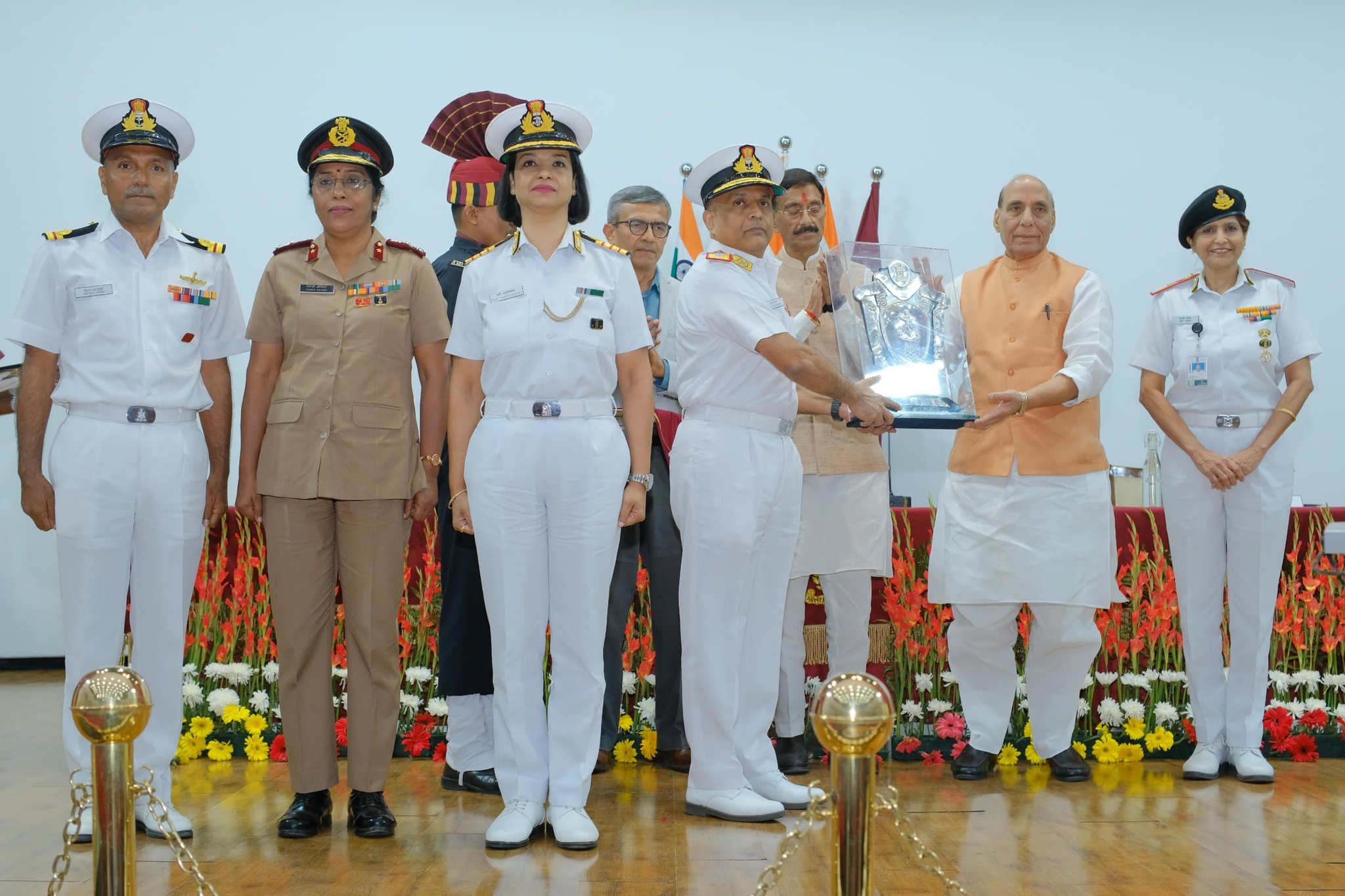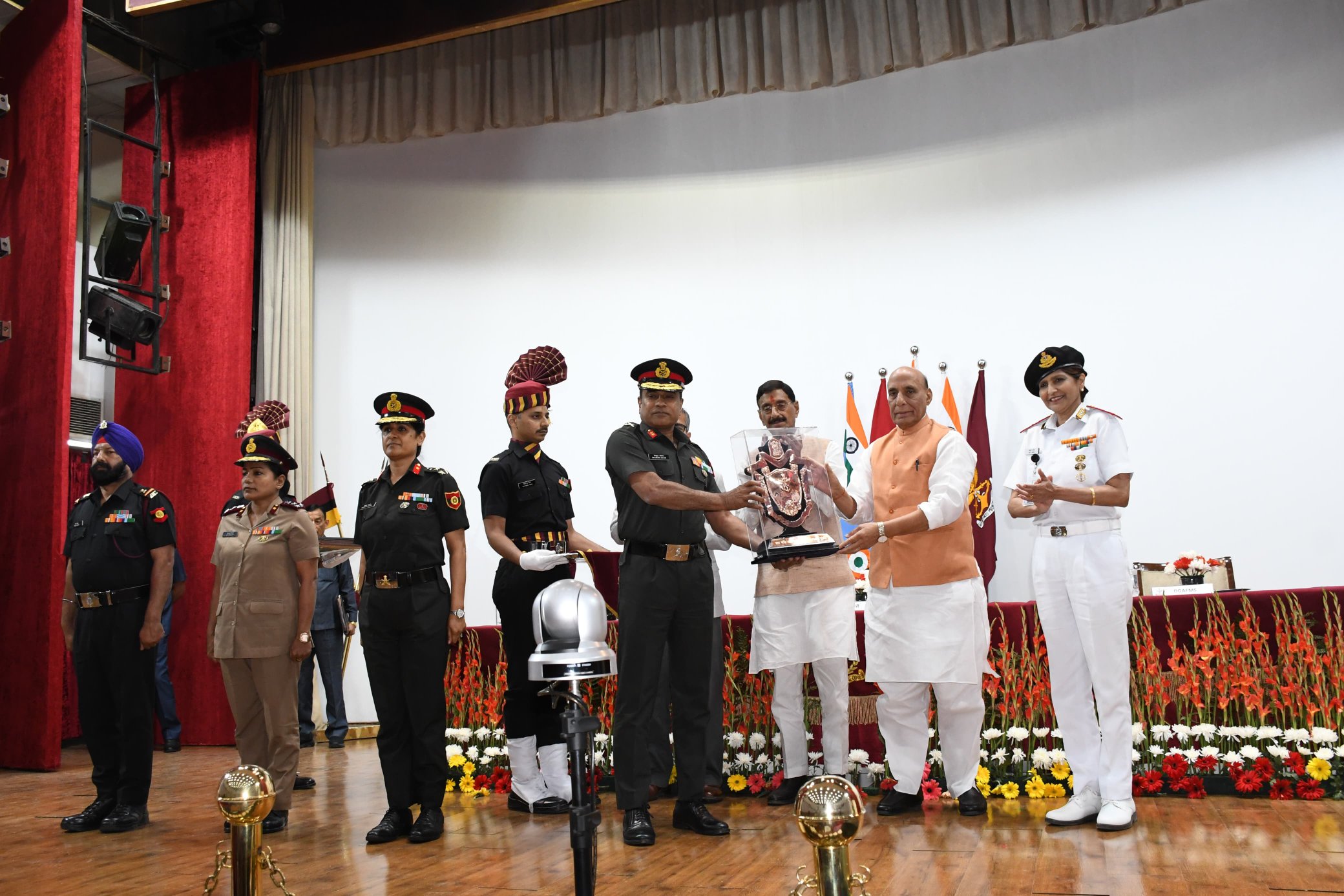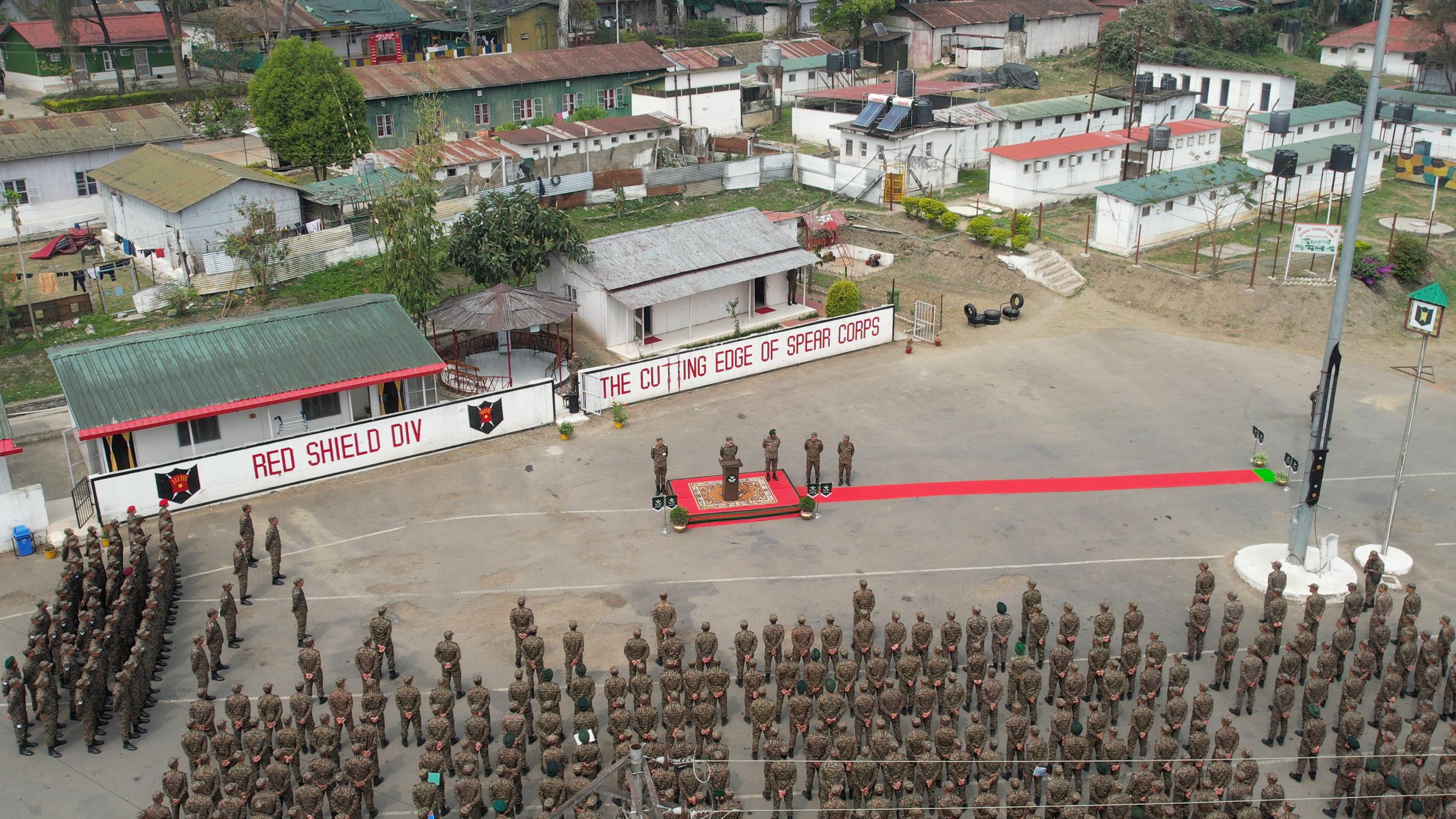The Government of India has made a landmark proposal, to allow civilians to visit the Highly strategic Siachen Glacier. The Glacier at 22,000 feet is the worlds highest battlefield and is manned by highly motivated soldiers and officers of the Indian Army. These soldiers serve in some of the most austere conditions known to man, at a great personal cost. With citizens likely to be allowed to visit the icy frontiers, here are five things about the Inhospitable Siachen Glacier you probably did not know about.
1.) Only Thing Preventing A Joint Pakistani-Chinese Military Offensive
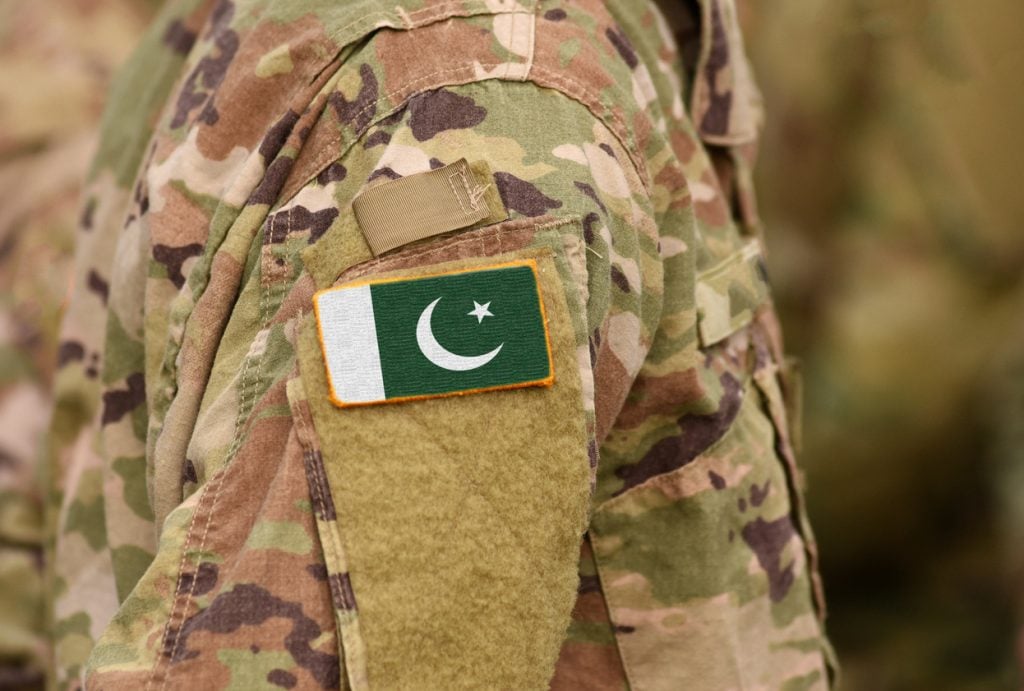
The barren icy landscape of the Siachen Glacier serves as one of the countries most geostrategic locations. The 22,000 feet high geographical monstrosity is the only thing keeping the Pakistani Army from linking up with the Chinese military to launch a combined offensive.
2.) Siachen is Guarded Daily On An Astronomical Cost!
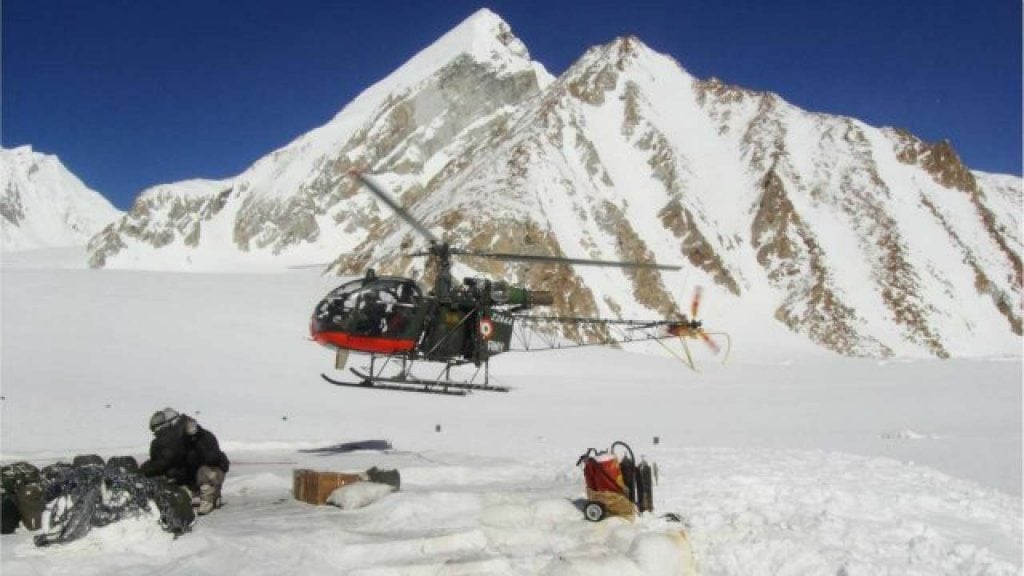
The cost to secure the Siachen Glacier is monumental! An estimated five to seven crore rupees goes to sustain the daily operations and logistics at Siachen. The significance of maintaining the supremacy over Siachen justifies the significant financial toll it takes.
3.) Hellish Serving Conditions
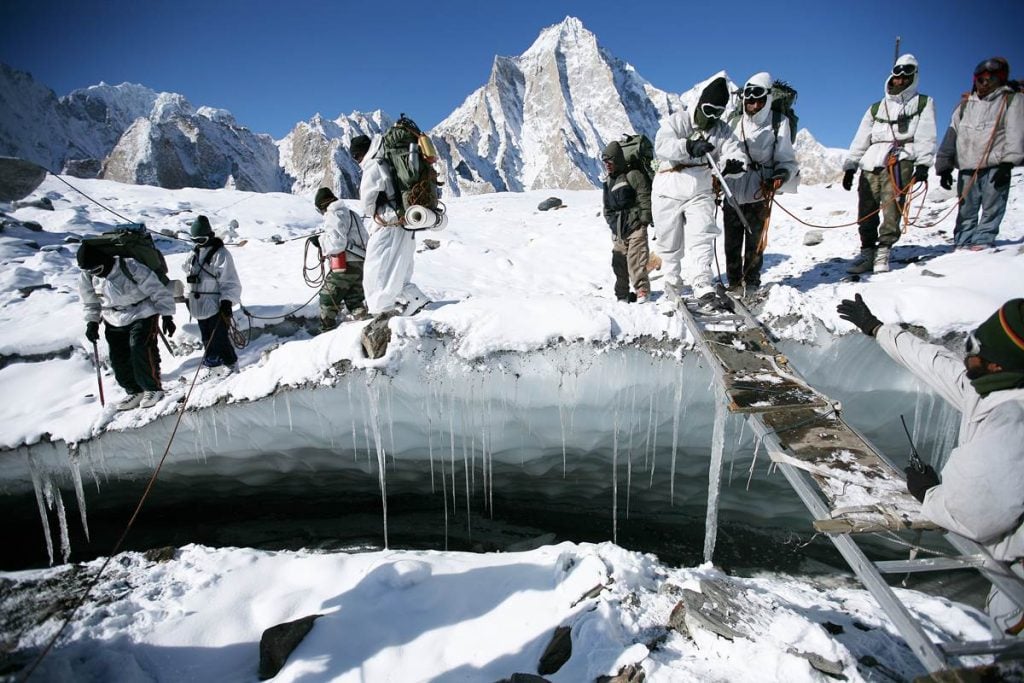
Soldiers deployed at the Glacier serve on a three-month rotation, meaning after the completion of 90 days a new unit takes over. Before a solider or young officer is deployed the icy frontier, they are made to undergo rigorous training at the famed High Altitude Warfare School (HAWS) in Jammu and Kashmir. However, no amount of training can prepare a soldier for the brutal condition in which the men and officers have to serve. Soldiers are often required to march a distance of 128 kilometres in around 28 days to reach some of the most remote military outposts of the Indian Army. Covering such punishing distances in an environment where oxygen is scarce and risk to the cardiovascular and respiratory system is high makes the job a nightmare.

4.) Mother Nature Is The Most Ruthless Killer
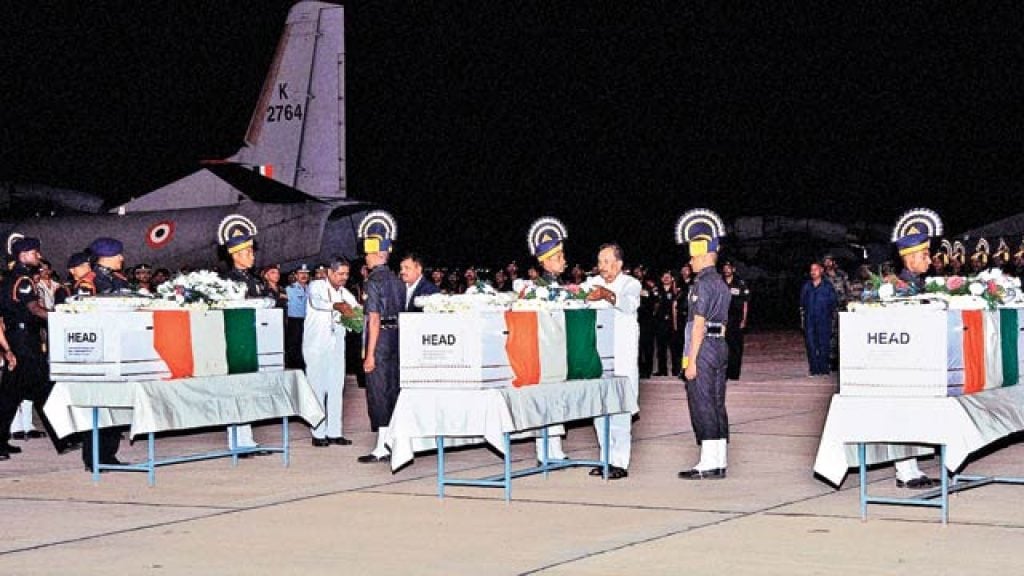
For the soldiers manning the countries icy frontiers, survival is a daily battle. More than 1,000 Indian soldiers have breathed their last on the remote glacier, out of whom only 200 soldiers lost their lives in a military engagement. A bulk of the casualties on both the Indian and Pakistani side were the result of harsh weather conditions, sometimes the circumstances of the deaths, mean that the mortal remains of the soldiers are not found or are not recoverable. Such a situation takes a massive psychological toll on the soldiers deployed there. Pulmonary oedema, acute mountain sickness, suicide in rare cases is also a result of loneliness and the barren landscape. Death, however, is not the only challenge the environment poses; soldiers are known to suffer from frostbite, which often turns into gangrene and requires immediate amputation. According to a retired army major who served in Siachen, soldiers at times have torn layers of their own skin while taking off their boots, at times stripping flesh to the point of exposing bone!
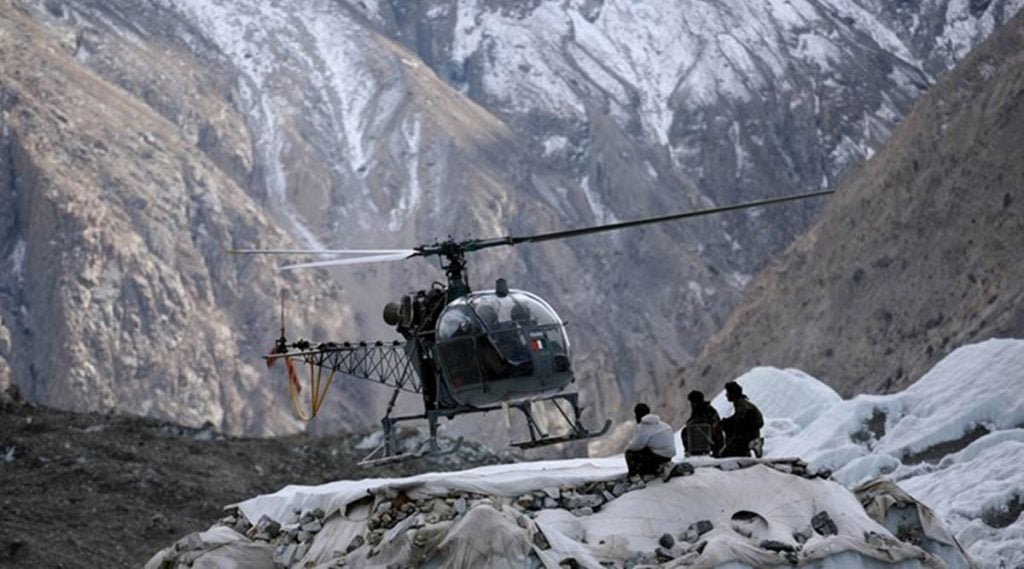
5.) India Currently Maintains The Military Initiative
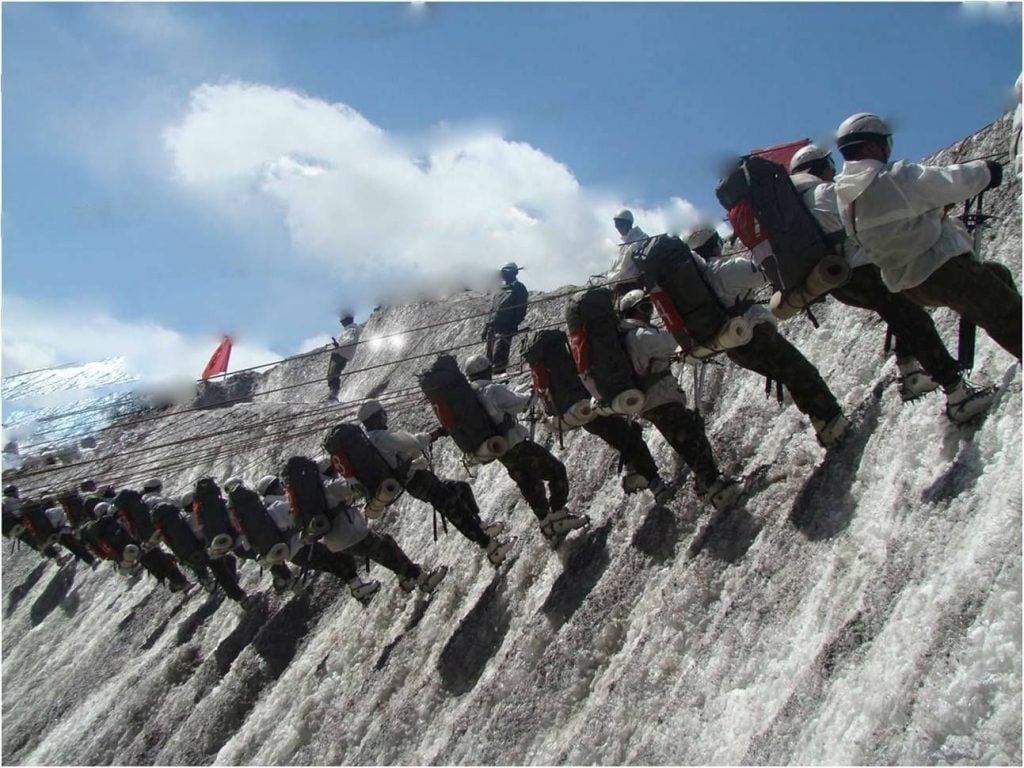
India maintains the strategic initiative, with Indian Army having entrenched itself in superior positions. The Pakistani Army positions in the Siachen Glacier remains around 2,000 feet below the Indian army’s posts.
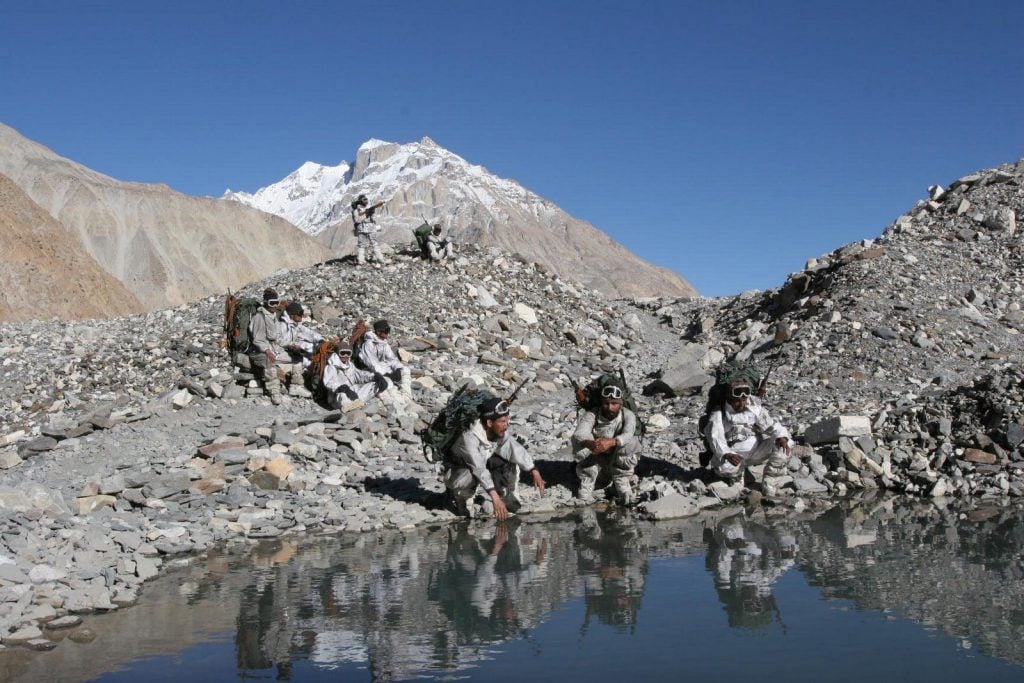
Siachen is an unforgiving glacier, that is manned tirelessly by soldiers of the Indian Army, at great personal cost. The weight of the geostrategic location is also felt by the honest taxpayer whose hard-earned money goes into the smooth operation of life at those heights. The natural boundary serves as a testament to a soldiers commitment to duty and superhuman resolve.

